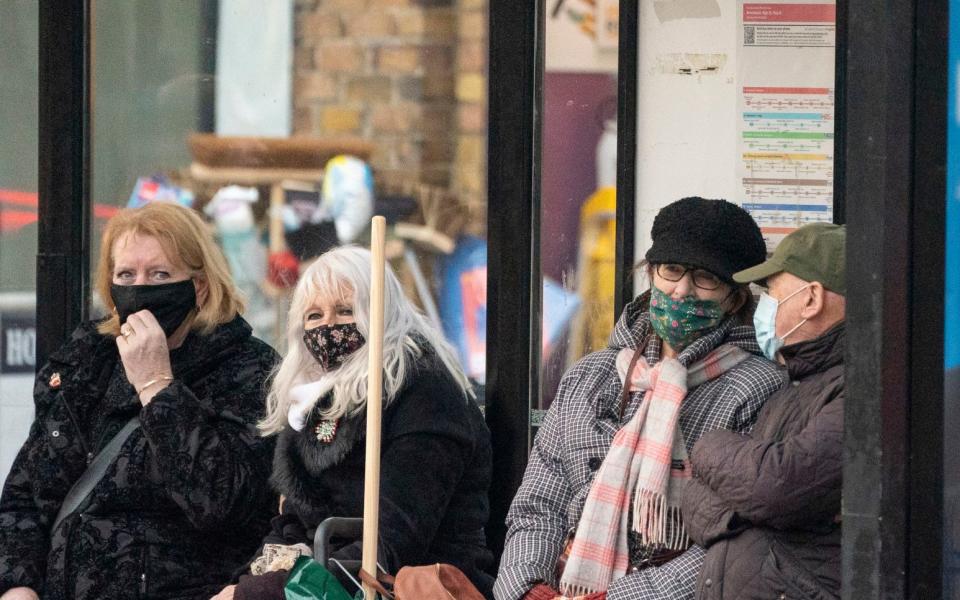Omicron Covid cases likely to be three times official figure, warns scientist

Omicron cases in England are likely to already be triple the official number, a science adviser to the Government has warned.
Analysis by Dr Nicholas Davies, from the London School of Hygiene and Tropical Medicine (LSHTM), suggests there were around 60 cases already in England by November 28, yet only 22 have been reported by the UK Health Security Agency (UKHSA).
The data, provided to the LSHTM by NHS Test and Trace, show the number of samples that are likely to be omicron has risen from around 0.1 per cent to 0.3 per cent in five days.
The figures are based on infections picked up by positive Polymerase chain reaction (PCR) tests. About half of labs in England use a type of PCR test that can give an early indication that the infection is omicron.
The test looks for three gene targets found in coronavirus, but in omicron, the virus has mutated so much that one of the targets is missing, known as s-gene target failure (SGTF).
Dr Davies, who is a member of SPI-M, said on social media: “Given that omicron causes SGTF, while the otherwise globally dominant delta variant doesn't, these 'excess' SGTFs are most likely omicron cases, at least some of which have yet to be confirmed via sequencing.
“Incidentally, these SGTF cases are concentrated in similar areas of England to the omicron cases that have been confirmed so far.
“It's not a perfect signal. Some rare lineages carry SGTF without being a new variant, and SGTF can sometimes occur just because the viral concentration on a swab is low. So in the plot above, the low level of SGTF between August and mid-November is just background noise.
“But in the last five days (24 – 28 Nov), the level of SGTF has gone up from its usual 0.1 per cent to around 0.3 per cent. These are not huge numbers of cases — this represents about 60 more SGTF cases than we would expect to see in these data given the background prevalence of around 0.1 per cent.”
Previously, experts have voiced their concerns that NHS Test and Trace will miss many cases of the variant, because only around half of cases are ever found and just one fifth of those will be fully sequenced.
Although Sajid Javid, the Health Secretary, said that SGTF would be used to indicate omicron, the new figures suggest that many cases are being missed.
The UKHSA said it was developing a rapid new genotyping test to allow local labs test specifically for omicron without the need for full sequencing, but could not say how widely it would be rolled out, or when it would be available.
Full sequencing can take up to 48 hours, so if samples must be sent away to be checked, it is possible that people will not know they need to self-isolate in time.
However, although cases are rising in South Africa, which experts suspect is being driven by omicron, in Botswana cases are falling, even though cases were detected there from mid-November.
Nine cases of omicron were identified in England on Wednesday, taking the total in the country to 22. The variant has now been found in the East Midlands, East of England, London, South East and North West.
A further case was also reported in Scotland, bringing the total to 10.

 money
money 